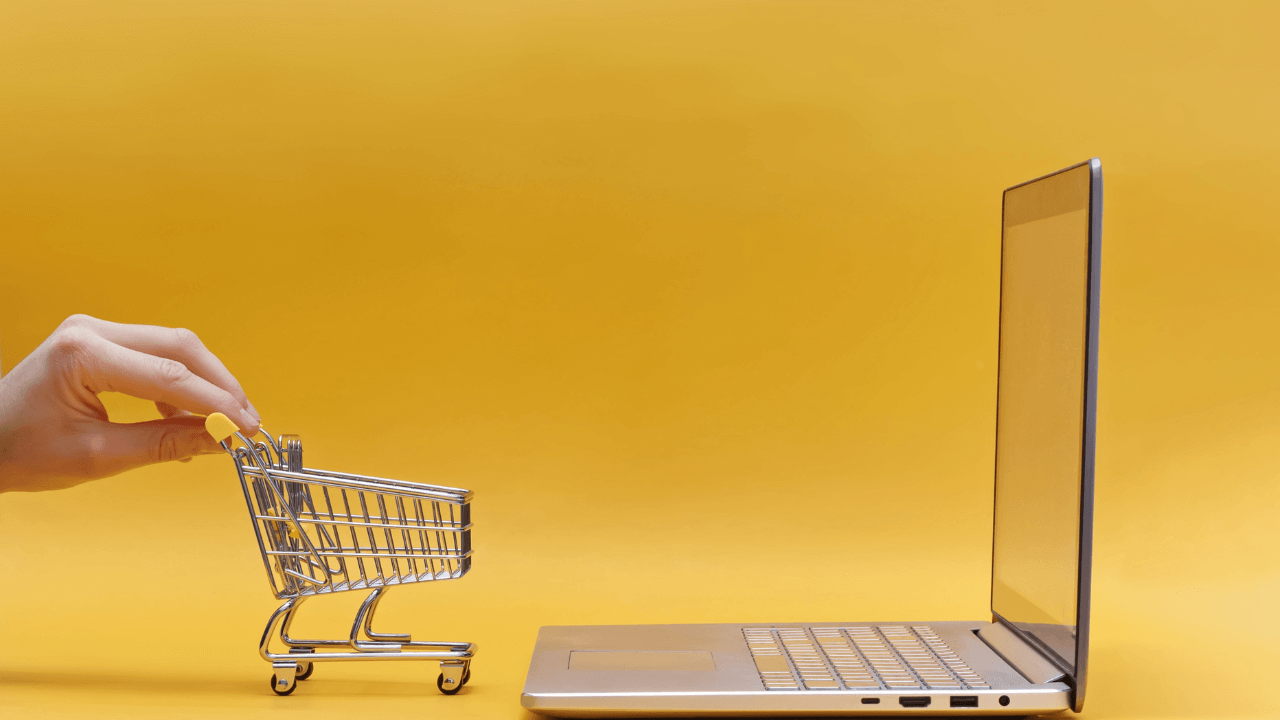Language:
20F vs 10K: Which Filing is Right for Your Company?

Navigating the world of financial reporting can be a maze, but making the right choice between Form 20-F and 10-K filings is vital to fulfilling your financial obligations.
If you’re an international player setting foot on U.S. soil, Form 20-F has your name written all over it. On the other hand, if you’re a homegrown U.S. company, the 10-K is your go-to guide for comprehensive annual reporting.
But, between the 20F and the 10k, which filing is right for your company?
Read on to discover the key differences between the Form 20-F and 10-K filings, their specific requirements, and how they can impact your company.
What Is a 10-K Filing?
A 10-K filing is a comprehensive financial document that public companies in the United States are required to file each year with the Securities and Exchange Commission (SEC). It provides a detailed look at a company’s financial status, business activities, potential risks, and projected growth.
The objective is to bolster openness and responsibility, aiding investors and stakeholders in their decision-making process. The 10-K filing encompasses financial statements, evaluations from management, risk considerations, and other pertinent data — guaranteeing regulatory adherence and cultivating trust in the company’s management among investors.
5 Distinct Sections of Form 10-K
The 10-K filing is a detailed annual report that public companies are required to provide. It’s segmented into specific sections that offer valuable perspectives on the company’s business activities, financial health, potential risks, and managerial assessments. This level of transparency fosters a culture of accountability, giving investors and stakeholders clear and actionable insights into the company’s operations.
Here are the five distinct sections of Form 10-K:
- Business Overview: Provides an overview of the company’s operations, products, and services. It also outlines how the company generates revenue.
- Risk Factors: Lists and prioritizes the potential risks the company faces, helping investors assess the uncertainties that may impact the company’s performance.
- Selected Financial Data: Presents specific financial information from the past five years, giving a near-term view of the company’s performance.
- Management’s Discussion and Analysis (MD&A): Allows the company to explain its financial results and provide insights into its business performance and strategy.
- Financial Statements and Other Disclosures: Includes audited financial statements such as the income statement, balance sheets, and statement of cash flows, providing a comprehensive view of the company’s financial position.
Additionally, the 10-K filing includes signed letters from the CEO and CFO, affirming the accuracy of the information provided and serving as a measure of accountability.
Where to Find a 10-K?
The 10-K filing can be accessed through the SEC website. It is the primary and authoritative source for retrieving 10-K filings and other relevant company disclosures required by the SEC.
To find the document itself, everyone has public access to the form. You can find it here.
10-K Filing Deadlines
The filing deadline for a 10-K report is contingent on the size of the company, with different timelines set for companies of varying market values. Large accelerated filers, accelerated filers, and non-accelerated filers: each have specific deadlines to comply with, ensuring timely submission of the 10-K report and disclosure of financial information based on the company’s size and market value.
- Large accelerated filers, typically with a market value of $700 million or more, have a 60-day deadline after the end of their fiscal year.
- Accelerated filers, with a market value between $75 million and $700 million, have a 75-day deadline.
- Non-accelerated filers, with a market value below $75 million, have a 90-day deadline.
These deadlines ensure that companies disclose their financial information in a timely manner to investors and stakeholders.
To learn more about 10-K filings and deadlines, you can find more information here.
Forms 10-Q and 8-K
Beyond the annual 10-K report, companies also submit 10-Q and 8-K forms to the SEC.
The 10-Q form, filed within 45 days of the end of each fiscal quarter, presents unaudited financial statements, giving interim snapshots of the company’s performance and operations.
The 8-K form reports major events or substantial changes impacting the company, such as leadership changes or mergers, which need to be filed within four business days of the event.
Together, the annual 10-K, the quarterly 10-Q, and the event-driven 8-K provide a detailed, timely, and transparent overview of a company’s financial status and operations — aiding informed decision-making for investors and stakeholders.
What Is a 20-F Filing?
The 20-F filing is a report foreign private share companies submit to the SEC. This form, akin to the 10-K annual report for domestic U.S. companies, is designed for foreign entities with securities registered with the SEC or listed on U.S. exchanges.
The 20-F filing aims to present thorough, standardized financial data to U.S. investors and the SEC — ensuring that foreign firms comply with similar reporting standards as their U.S. counterparts, bolstering transparency and safeguarding investors.
Benefits of the SEC Form 20-F
With its myriad benefits, Form 20-F plays a critical role for foreign companies trading on U.S. exchanges. This mandatory filing facilitates streamlined reporting, enhances investor protection, promotes transparency, and opens the door to international markets. Let us look at these benefits in detail.
- It promotes standardized reporting by offering a consistent format, simplifying financial comparisons across various companies.
- It bolsters investor protection by enforcing stringent reporting and disclosure norms. It also provides indispensable financial data and business risk insights — facilitating informed investment decisions.
- The 20-F filing encourages transparency and accountability, obligating foreign firms to provide detailed financial statements and management analysis. This clarity enhances investor trust in the financial markets.
- It also paves the way for access to international markets. Foreign companies can list their securities on U.S. exchanges through the Form 20-F filing — expanding their investor base, improving liquidity, and possibly attracting more investment for global expansion.
Collectively, these benefits foster a transparent, efficient environment for foreign companies and investors in the U.S. market.
How to File Form 20-F?
Once you understand the benefits of Form 20-F, let us discuss how to properly file this document with the SEC.
- Prepare the Document: Compile audited financial statements and draft the 20-F document, which should include comprehensive business, risk, and governance information.
- Engage Auditors: Have an independent auditing firm review the financial statements to ensure their accuracy and reliability.
- Attach Exhibits: Prepare and attach relevant exhibits to Form 20-F, such as registration statements, legal agreements, and material contracts, among others.
- Comply with SEC Regulations: Review the entire Form 20-F to ensure all sections, disclosures, and formatting adhere to SEC regulations.
- File with the SEC: Submit Form 20-F electronically via the SEC’s EDGAR system (Electronic Data Gathering, Analysis, and Retrieval system) and monitor the filing status to ensure a successful submission. Once accepted, the document becomes publicly available.
Remember, while these steps offer a general guide, the filing process may vary based on individual company circumstances. Seeking professional legal and accounting advice is recommended for accurate compliance.
Filing with Confidence: Form 20-F and 10-K Explained
Filing the Form 20-F and 10-K reports, which serve as vital financial disclosures for foreign private firms and domestic U.S. companies, respectively — can be a complex and time-consuming process that requires meticulous attention to detail and compliance with SEC regulations.
With the help of doola’s bookkeeping services, you can streamline your Form 20-F and 10-K filings. Our seasoned experts are well-versed in crafting precise financial statements and drafting required sections, all while adhering to SEC regulations.
Entrust us with the complexities of these reports for a smooth filing process.
Reach out today to experience a stress-free filing for your Form 20-F and 10-K submissions.
FAQs
What does a 10-K report contain?
A 10-K report contains comprehensive information about a company’s financial performance, operations, risk factors, and management analysis and provides a detailed annual overview of the company.
Who benefits from the 10-K form?
The 10-K form benefits a variety of stakeholders, including investors, financial analysts, competitors, regulators, and the company itself.
How do you summarize a 10-K?
To summarize a 10-K, review and highlight key sections such as the business overview, management’s discussion and analysis, financial statements, and risk factors, noting the company’s performance, financial health, and significant business developments.
Keep reading
Start your dream business and keep it 100% compliant
Turn your dream idea into your dream business.















